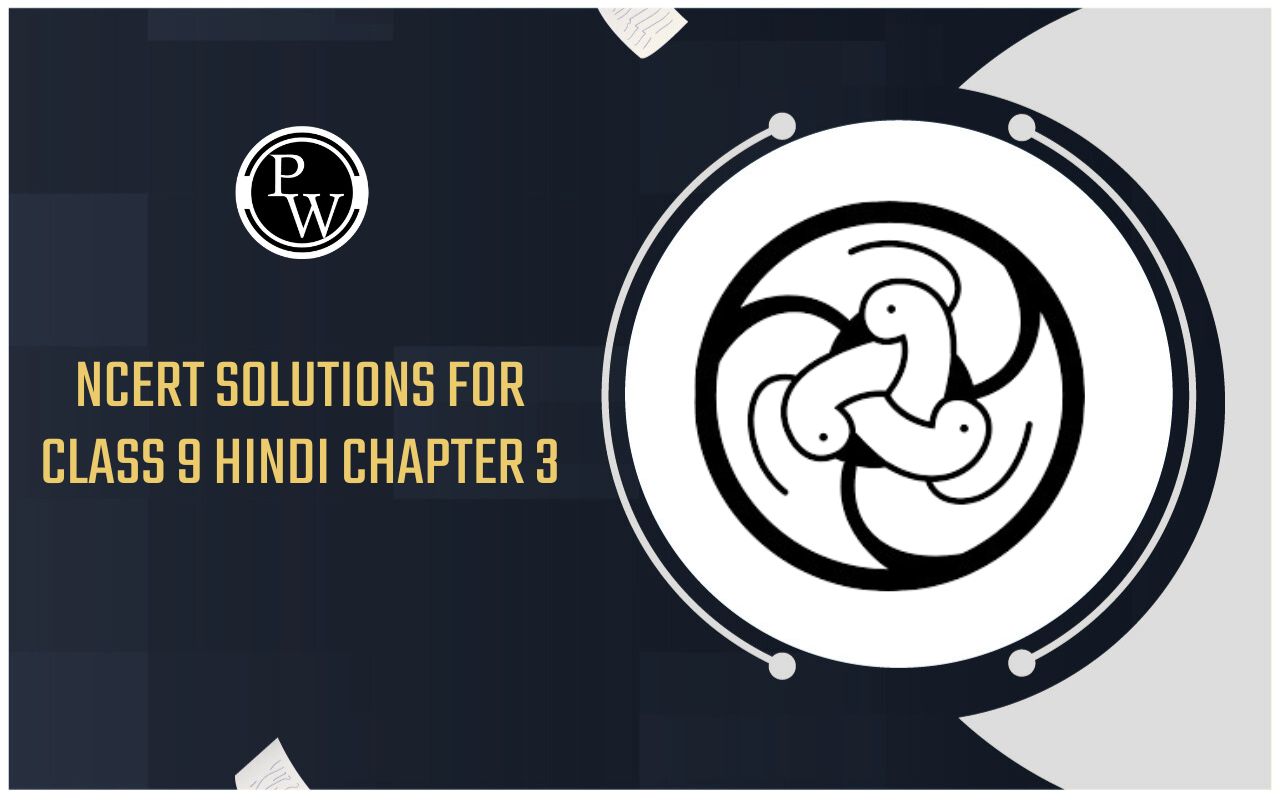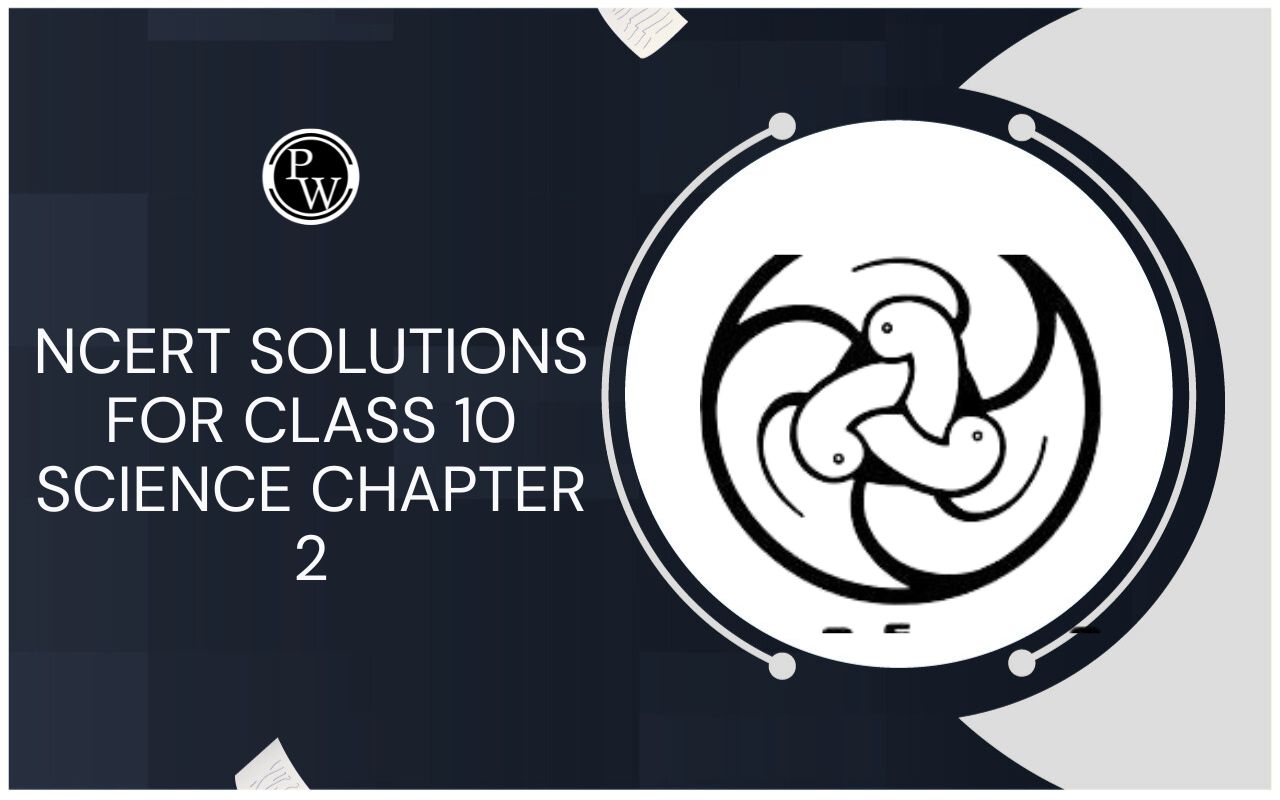
Classification Of Animal Kingdom
Aug 03, 2023, 16:45 IST
The animal kingdom, also known as Animalia, is a diverse group of multicellular organisms that includes insects, fish, birds, and mammals. The animal kingdom is typically classified into several major groups or phyla based on their physical characteristics, behaviours, and evolutionary relationships
tqb
Classification of Animal Kingdom
- Porifera (sponges):
Asymmetrical or radially symmetrical body
No true tissues or organs
Filter feeders that use specialised cells called choanocytes to trap and ingest food particles
Skeleton made of spicules or a fibrous protein called spongin
Sexual and asexual reproduction
- Cnidaria (jellyfish, corals, sea anemones):
Radially symmetrical body with tentacles around a central mouth.
Two body forms: polyp (attached to a surface) and medusa (free-swimming)
Body contains specialised stinging cells called cnidocytes that are used for defence and capturing prey
Simple digestive system with a single opening that serves as both mouth and anus.
Nerve net, a decentralised nervous system
Sexual and asexual reproduction
Also Check - Cattle Farming Animal Husbandry
- Platyhelminthes (flatworms):
Flattened, ribbon-like body shape,
Bilateral symmetry,
Simple nervous system with a nerve net and two nerve cords,
Simple digestive system present with a single opening that serves as both mouth and anus.
Hermaphroditic or separate sexes
Some of the species included are parasitic, while others are free-living.
Some species can regenerate lost body parts
- Nematoda (roundworms):
Long, slender, cylindrical shape with tapered ends.
A complete digestive system includes a mouth, intestine, and anus.
No circulatory or respiratory system.
Some are free-living in soil, freshwater, or marine environments, while others are parasitic and can infect plants and animals, including humans.
Sexual reproduction with separate sexes
Also Check -
Absorption Of Digested Foods
- Annelida (segmented worms):
Segmented body with repeating units called segments.
A complete digestive system with a mouth, intestine, and anus
Closed circulatory system.
Some species have respiratory structures called gills, while others breathe through their skin.
Sexual reproduction with separate sexes
Includes polychaetes (marine worms), oligochaetes (earthworms), and leeches.
- Mollusca (molluscs):
Soft body with a muscular foot for movement
Mantle, a fleshy layer that covers the body and, in some species, secretes a hard shell made of calcium carbonate
Radula, a feeding structure that scrapes food particles.
Some have gills for respiration, while others breathe through their skin.
An open circulatory system with a heart and blood vessels
Sexual reproduction with separate sexes, some have external fertilisation.
In contrast, others have internal fertilisation,
Including gastropods (snails and slugs), bivalves (clams and oysters), and cephalopods (squids and octopuses)
- Echinodermata (starfish, sea urchins, sea cucumbers):
Radially symmetrical or pentaradial body shape
Internal skeleton made of plates or spines
Water vascular system, a network of fluid-filled tubes used for movement, gas exchange, and feeding
Simple nervous system present with a nerve ring and radial nerves
Separate sexes with external fertilisation
Regenerative abilities
- Chordata (vertebrates and their relatives):
Dorsal hollow nerve cord
Notochord is a flexible rod-like structure
Pharyngeal slits or pouches, which may be modified for respiration, feeding, or communication
Post-anal tail, an extension of the body past the anus
Endoskeleton made of bone or cartilage in vertebrates
Complex nervous system with a brain and spinal cord
Closed circulatory system present consisting a heart and blood vessels
Sexual reproduction with internal fertilisation
Some species can regulate body temperature (endothermy)
Chordata is a phylum of animals that includes a diverse range of animals, from fish and birds to humans. Within the phylum, Chordata is three subphyla, divided based on the presence or absence of certain features. These subphyla are
- Urochordata (tunicates or sea squirts):
Larvae exhibit all chordate features, but adults only retain some.
Sessile filter feeders that attach to surfaces
No proper head or brain
- Cephalochordata (amphioxus or lancelets):
Retain all the chordate features throughout life.
Marine filter feeders that burrow in the sand.
No proper head or brain
- Vertebrata (vertebrates):
Possess a vertebral column (backbone)
Skull that protects the brain
Well-developed nervous system with a brain and spinal cord
Endoskeleton with bone or cartilage
Wide range of body forms and habitats
Divided into several classes:
- Agnatha (jawless fish):
Lack of jaws
Cartilaginous skeleton
No scales
No paired fins
No true stomach
Marine and freshwater habitats
Consists of two extant groups: lampreys and hagfishes
Some species undergo a metamorphosis during their life cycle
- Chondrichthyes (cartilaginous fish):
Skeleton made of cartilage
Paired fins and five to seven gill slits
Heterocercal tail (upper lobe of the tail is longer than the lower lobe)
Placoid scales (tooth-like scales)
Predominantly marine habitats, with some species found in freshwater
Includes sharks, rays, and chimaeras
- Osteichthyes (bony fish):
Skeleton made of bone
Scales covering the body
Paired fins and gills covered by an operculum
Swim bladder for buoyancy control
Two-chambered heart
Predominantly aquatic habitats, with some species found in freshwater and a few in marine environments
Includes ray-finned fish and lobe-finned fish (the latter of which includes coelacanths and lungfishes)
- Amphibia (amphibians):
Smooth, moist skin without scales or feathers
Larvae have gills, adults have lungs for respiration
Three-chambered heart
Most species lay eggs in water and undergo metamorphosis during development
Predominantly terrestrial or semi-aquatic habitats
Includes frogs, toads, salamanders, and caecilians
- Reptilia (reptiles):
Dry, scaly skin with keratinised epidermal scales,
Lungs for respiration and a three-chambered heart (except for crocodilians, which have a four-chambered heart).
Most species lay eggs on land and undergo little to no metamorphosis during development. Predominantly terrestrial habitats, with some species found in aquatic environments.
Includes turtles, lizards, snakes, crocodilians, and tuataras
- Aves (birds):
Feathers covering the body and wings for flight
Beak instead of teeth
Lightweight, but strong bones with air sacs for respiration
Four-chambered heart
Hard-shelled eggs
Predominantly terrestrial habitats, but some species are adapted for aquatic or aerial lifestyles
Includes birds of prey, water birds, songbirds, and flightless birds such as ostriches and penguins
- Mammalia (mammals):
Mammary glands for nursing young with milk
Hair or fur covering the body
Three middle ear bones
Diaphragm for breathing
Four-chambered heart
Viviparous (most species) or oviparous
Terrestrial, aerial, and aquatic habitats
Includes monotremes, marsupials, and placental mammals such as rodents, primates, carnivores, and whales.
Classification Of Animal Kingdom : FAQs
Q1. What is animal classification?
Ans. Animal classification is organising animals into groups based on their characteristics and evolutionary relationships. The classification system used by scientists is called taxonomy, and it involves arranging animals into different hierarchical levels, such as kingdom, phylum, class, order, family, genus, and species.
Q2. What is the basis of animal classification?
Ans. The basis of animal classification is their physical and genetic characteristics, behaviour, and evolutionary history. Scientists use various features to classify animals, such as body structure, internal organs, cell structure, DNA sequencing, and developmental processes.
Q3. What are the major animal phyla?
Ans. There are around 35 animal phyla. Still, the major ones include Porifera (sponges), Cnidaria (jellyfish, corals, anemones), Platyhelminthes (flatworms), Nematoda (roundworms), Annelida (segmented worms), Mollusca (snails, clams, squid), Arthropoda (insects, spiders, crustaceans), Echinodermata (starfish, sea urchins), and Chordata (vertebrates and their relatives).
Q4. What are the five kingdoms of living organisms?
Ans. The five kingdoms of living organisms are Monera (bacteria and cyanobacteria), Protista (single-celled eukaryotes), Fungi (yeasts, moulds, mushrooms), Plantae (plants), and Animalia (animals).









